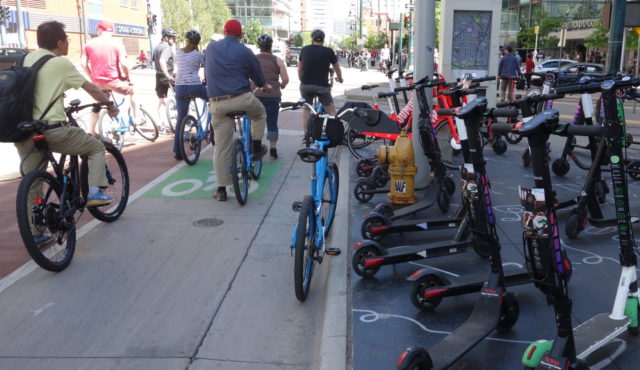While on vacation in Washington, DC, our family of five sat under a shady tree in the hot afternoon sun. We people-watched as we awaited friends by the Capitol Reflecting Pool. Many zipped along on shared e-scooters, the wind blowing through their hair.

My oldest daughter, age 12, begged to rent a scooter together. But, as a street safety steward, I couldn’t let my kids ride. They’re too young. It’s against the law to double ride. We didn’t have helmets. To her disappointment, my inner authoritarian prevailed.
Thrumming with tourists, DC scooter activity was everywhere. Beyond the typical young adults, families split into parent-kid pairs rode happily. My internal judgment was, “That’s so illegal.”
We explored the city by Metro, foot, car, and double-decker tourist bus. Our suburban kids were good sports, but the complaining ramped up around 4:00 PM each day, upon meeting their walking quota. We were all exhausted.
By the third day, my stance on family scooter riding softened to, “It’s illegal, but it sure does look fun!”
Barriers to Riding for women and caregivers
Scooters are joyful, and they’re a low-carbon, efficient way to travel. They’re especially suited for short distances; the average ride lasts 1–1.5 miles. But as I’ve experienced, shared micromobility is not always a viable option for women and caregivers. How can we make it easier for women of all ages to incorporate shared micromobility into their travel habits?
Women are less likely than men to ride shared bikes and scooters, by a considerable margin. NACTO’s 2020 Bikeshare Snapshot reports that 66–81 percent of riders are men. Several factors are at play (click to expand):
As a result, they’re more likely to carry goods, such as groceries.
Not only does this add to their trip needs, but they must use transportation that can accommodate others. Research shows that 61 percent of caregivers are women.
They do more trip chaining, combining a series of destinations into one trip. This may include dropping children off at school or daycare, then continuing to their workplace.
According to a study by the New York University Rudin Center for Transportation, 75 percent of female respondents report daily experiences of harassment, discomfort, and theft on public transportation systems.
Women cite active transportation as a “high risk” activity in our auto-dominant society.
Women may be more interested in riding for fun than for commuting. Furthermore, older riders tend to prefer off-street paths and parks to on-street facilities.
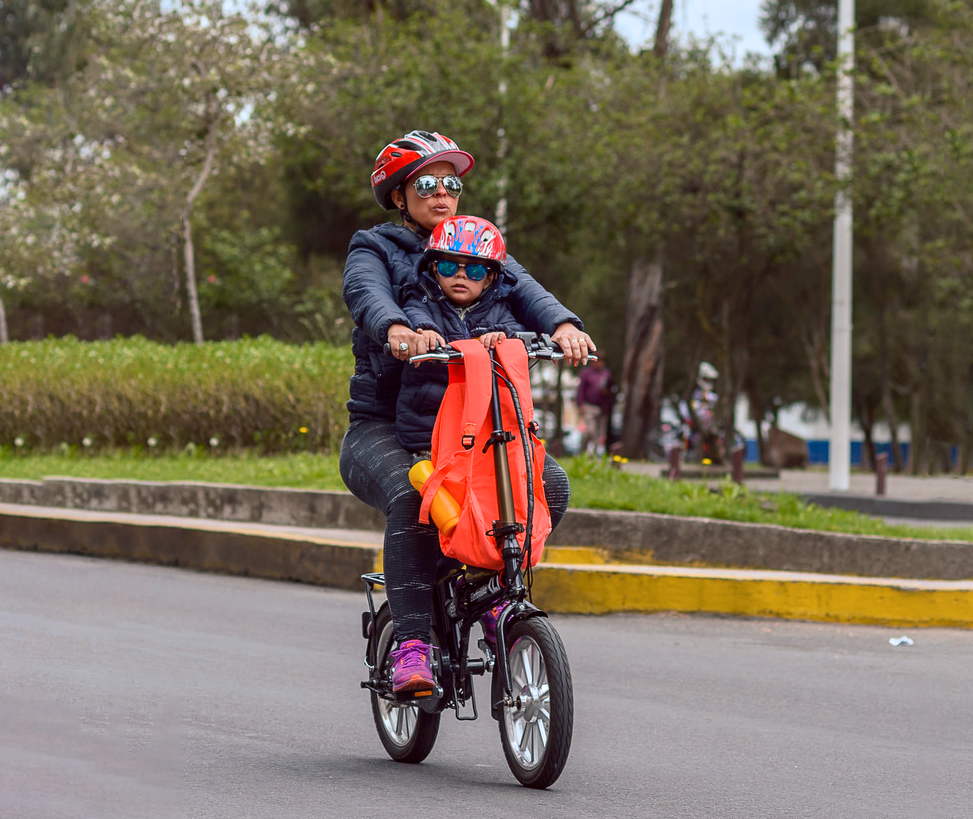
not designed with us in mind
Most elected officials, planners, and engineers are male. Only 15 percent of the transportation workforce are women. The result? Our transportation systems are largely designed for and by men. They accommodate able-bodied, cisgender males as the prototype. They prioritize point A-to-point B commutes during peak hours. Traditional zoning separates uses, such as residential from commercial.
These legacy regulations burden women’s ability to conduct their disproportionate share of caregiving and household tasks, and downright prohibit children from exploring their communities unaccompanied. Women of color face greater barriers, such as historic underinvestment and discriminatory housing and zoning practices.
How can we make it easier for women of all ages to incorporate shared micromobility into their travel habits?
micromobility that’s practical, like a dress with pockets
In sum, women have more trips to take, things to carry, people to transport, and safety considerations as they navigate a transportation system not designed for them. These factors are significant, but they are surmountable. By incorporating design factors into shared micromobility fleets, vendors can better accommodate the needs of women. Some ideas include:
- Sidecars: Traditionally, a sidecar is a one-wheeled device attached to the side of a motorcycle, scooter, or bicycle. Including this option in more shared micromobility fleets would further expand ridership. (Sidecar sidenote: It also serves pets!)
- Cargo Bikes: With front- or back-load capacity, cargo bikes accommodate hauls and children of various ages. The size and weight of a cargo bike provides a sense of rider safety. Public cargo bikeshare is available in European cities, but has yet take hold in the United States.
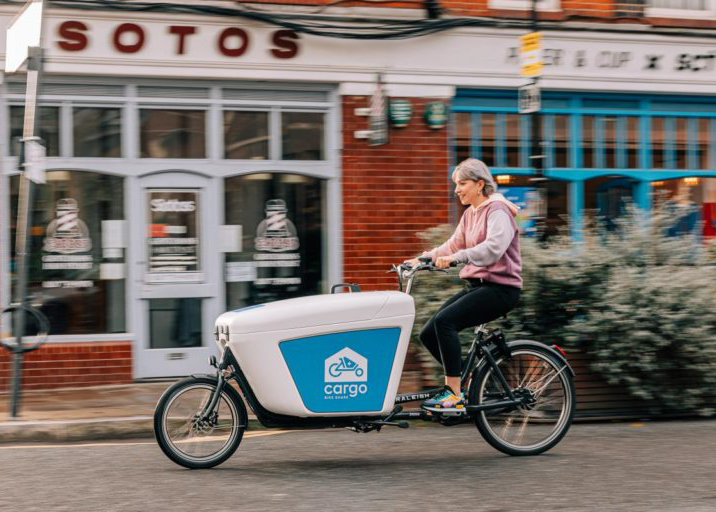
- Shared Children’s Micromobility: In the United States, most riders must be 18 to legally ride. Paris, France’s successful shared bike and e-bike program, Vélib’, includes children’s bicycles, accommodating ages 2 to 8.
- Bikeshare with Baby or Child Seats: Several Chinese cities have added child seats to public city bikes to increase accessibility when traveling with young children.
- Mobility Hubs: Transit agencies should include shared micromobility at mobility hubs, which help people connect several types of transportation and support trip chaining.
- Family Fare Structure: Micromobility vendors should consider a singular family payment mechanism. Better yet, provide reduced or free youth rates to instill an early love of sustainable transportation.
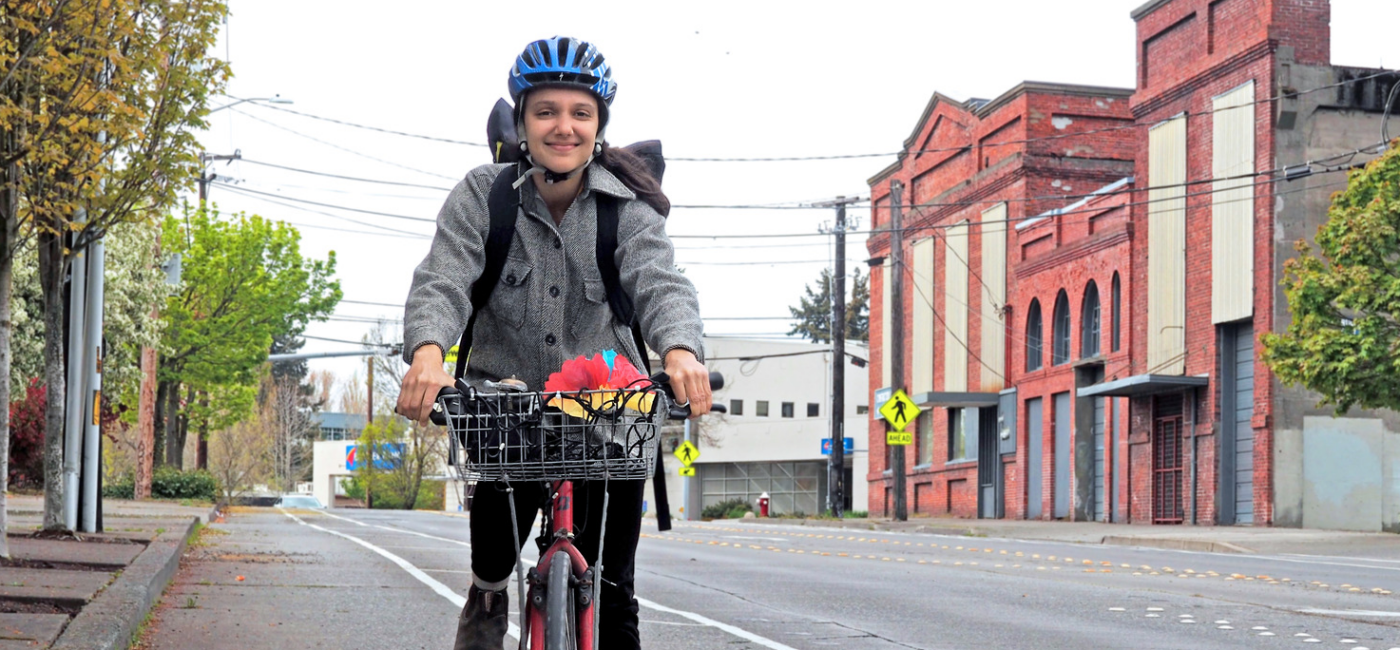
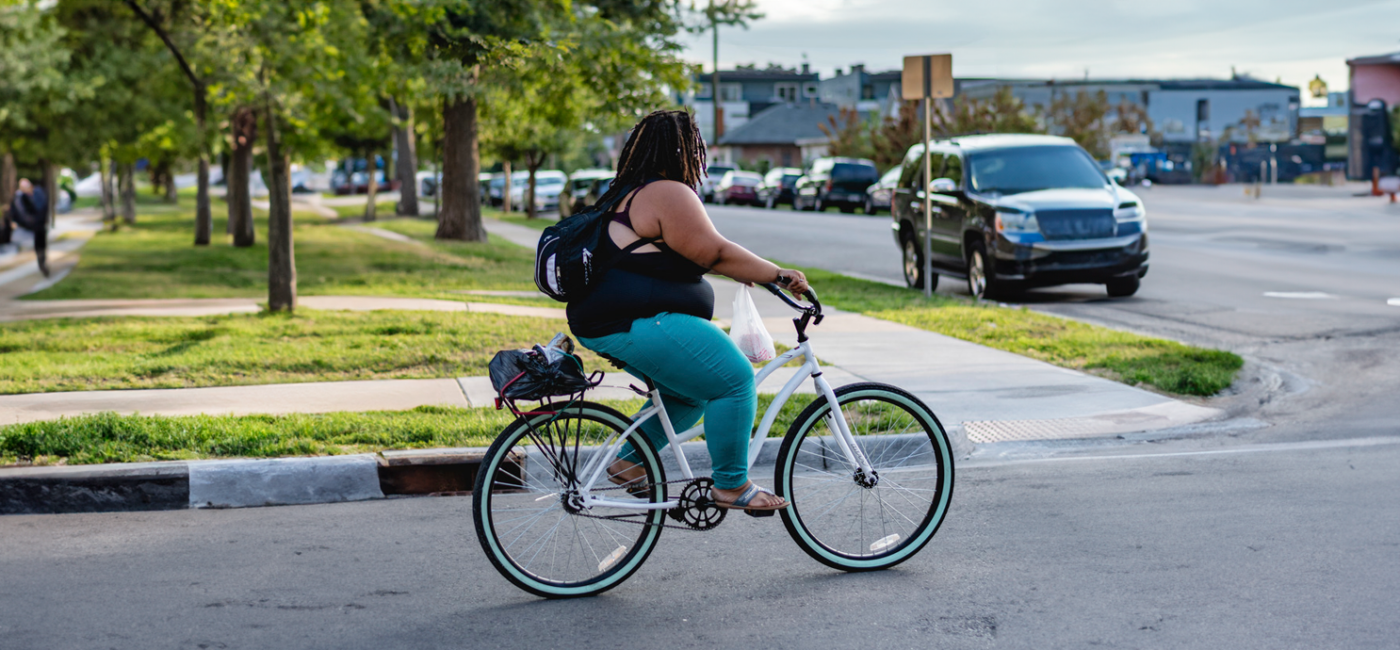
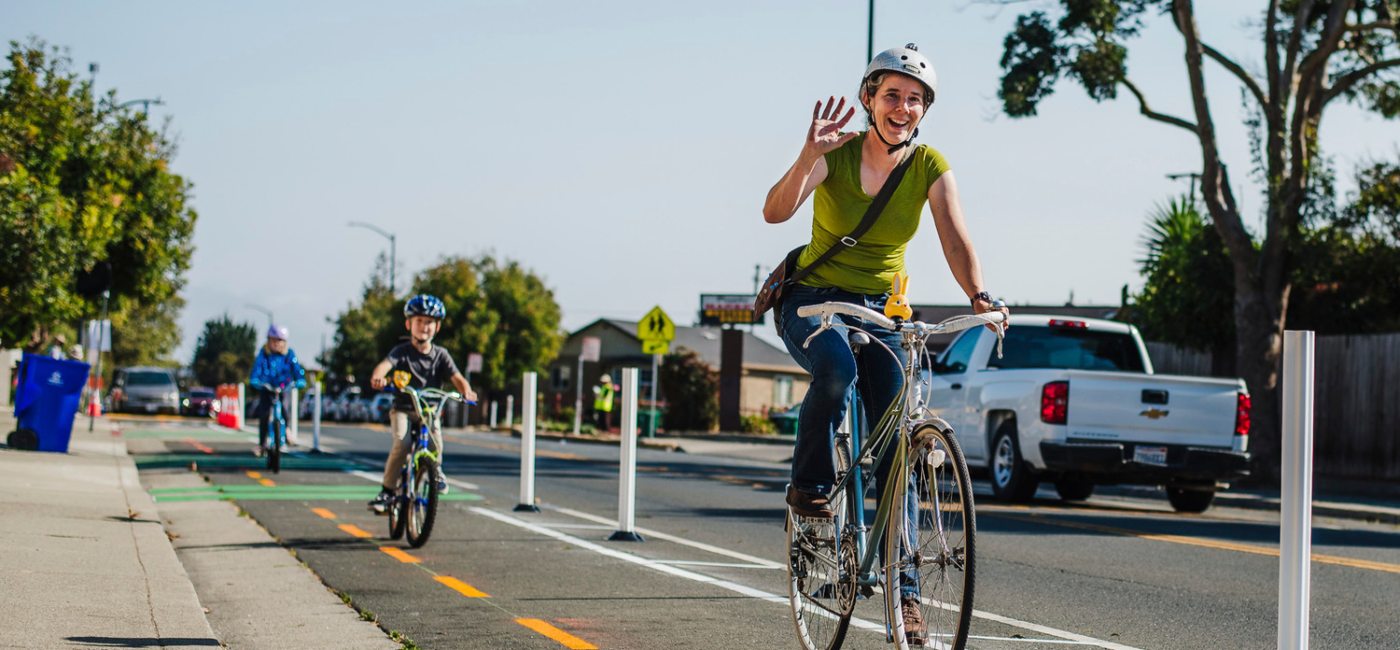
Until family-friendly solutions are integral to our shared micromobility systems, my kids will beg me to ride while we bake in the sun and watch others whiz past. Providing women and caregivers with reliable, safe, and affordable active transportation will improve our economic opportunities and access to recreation, increasing our quality of life. And this exposure to active modes will bode well for our children, too.


